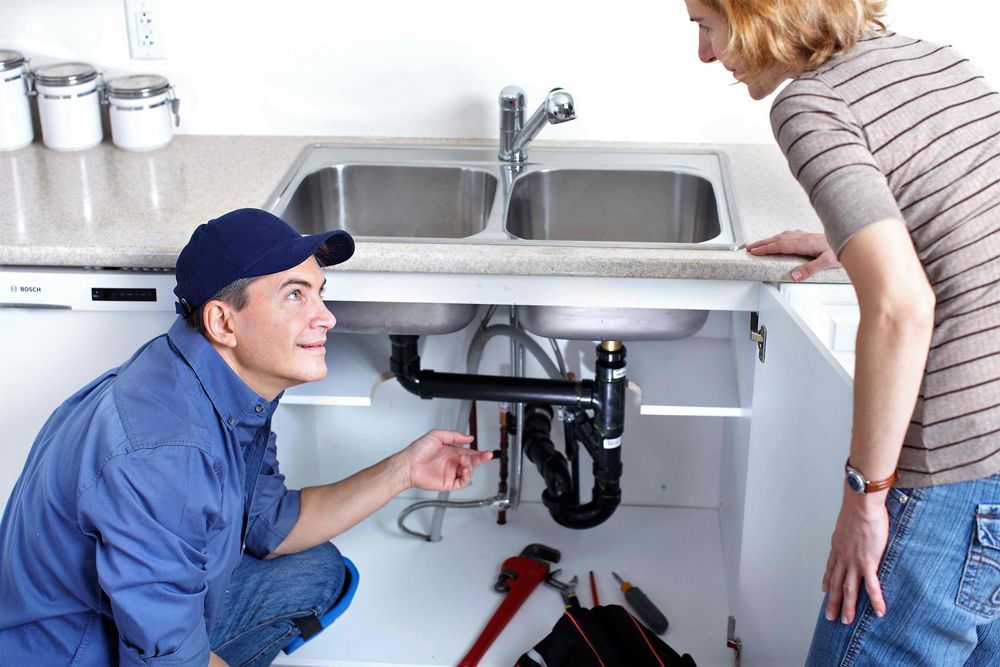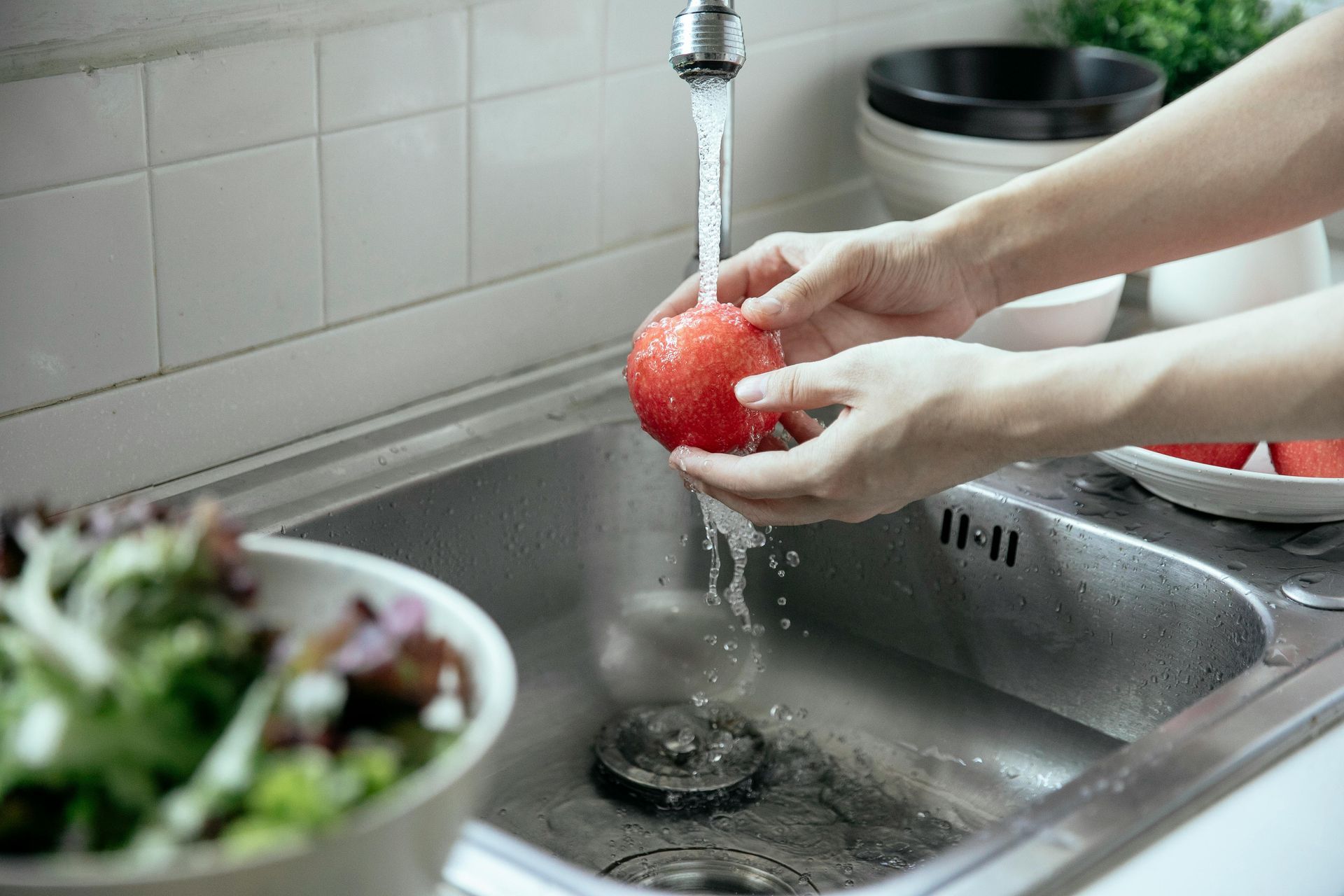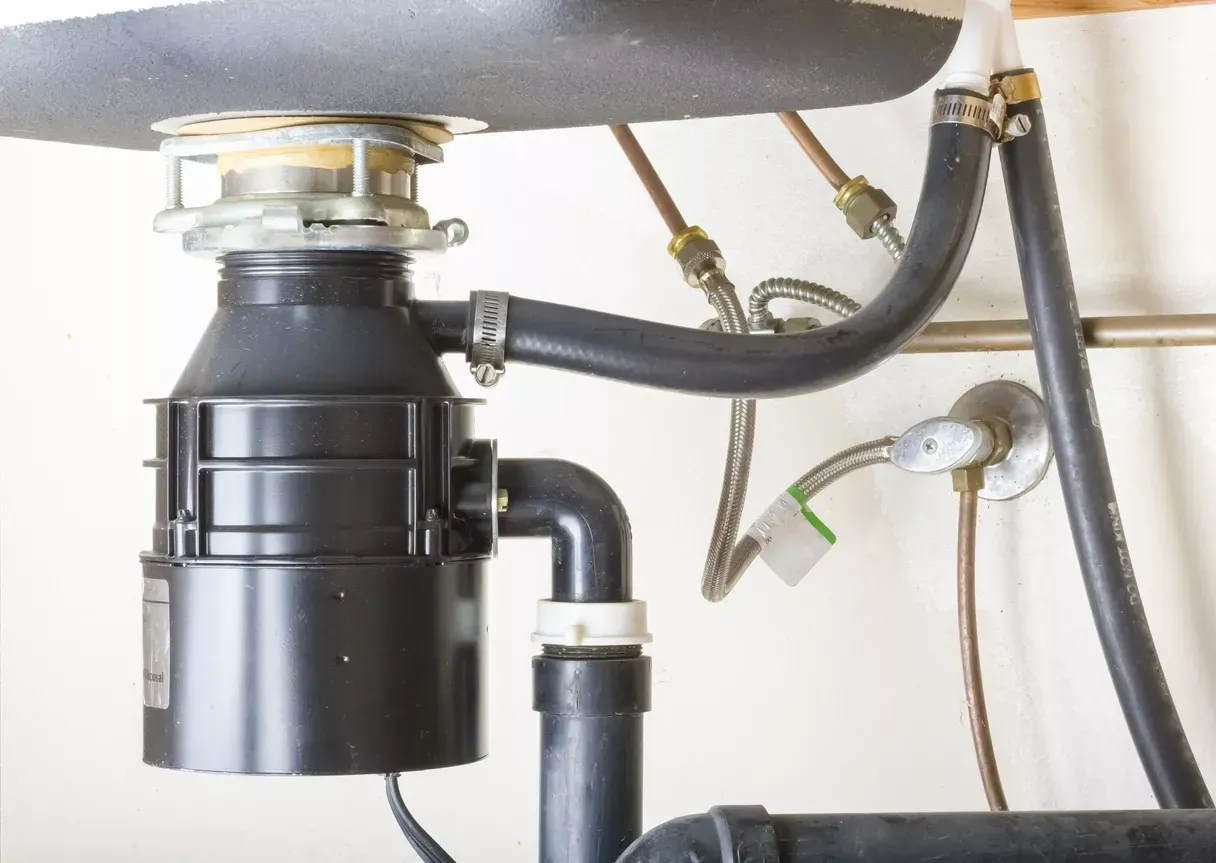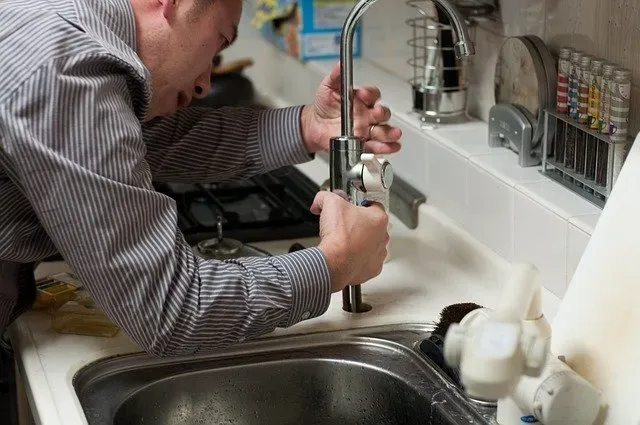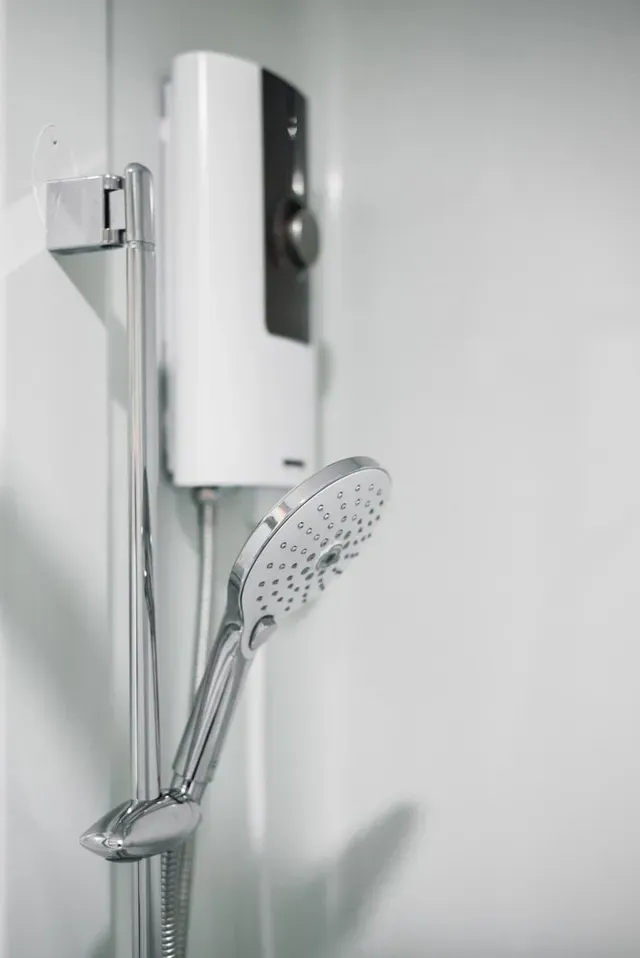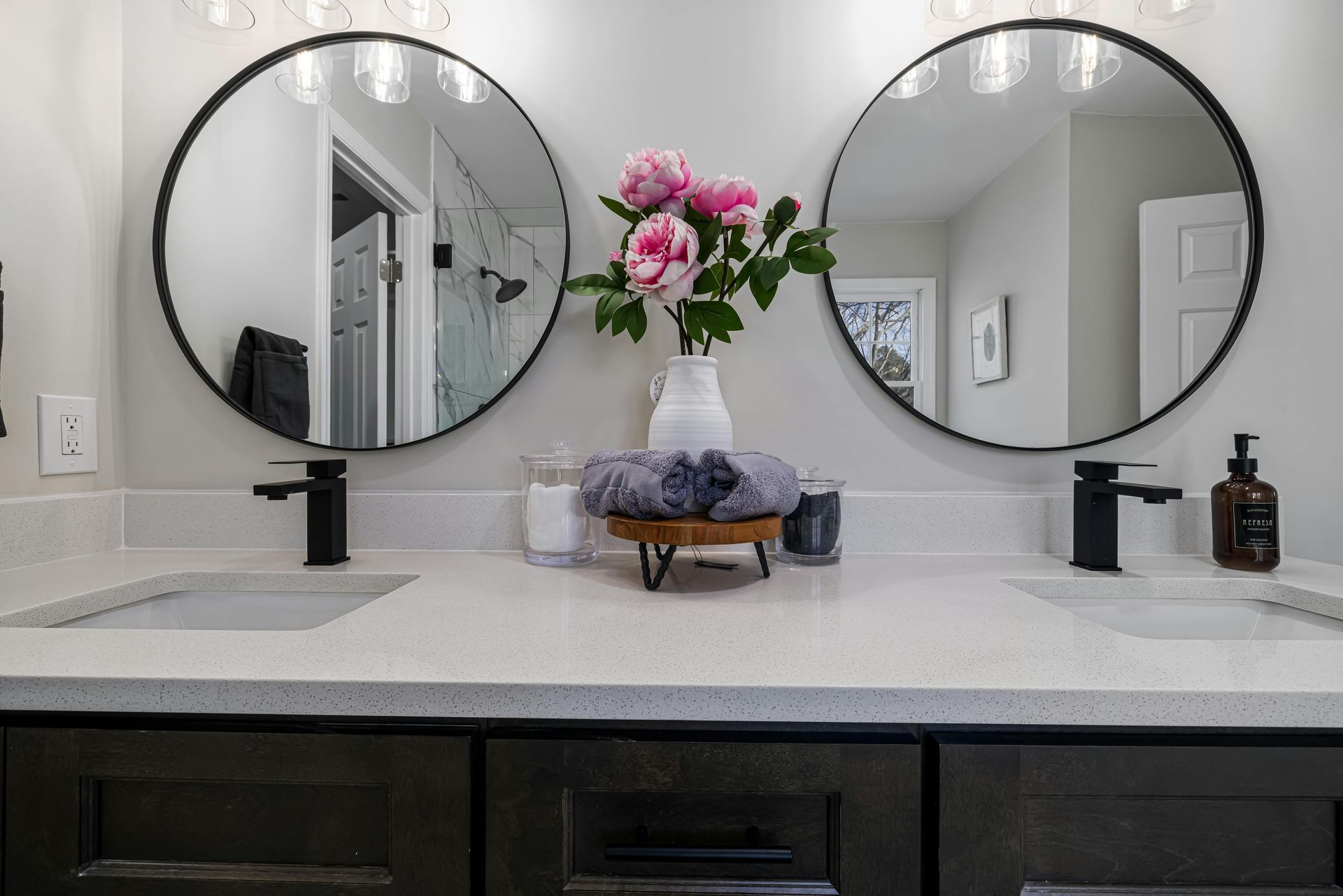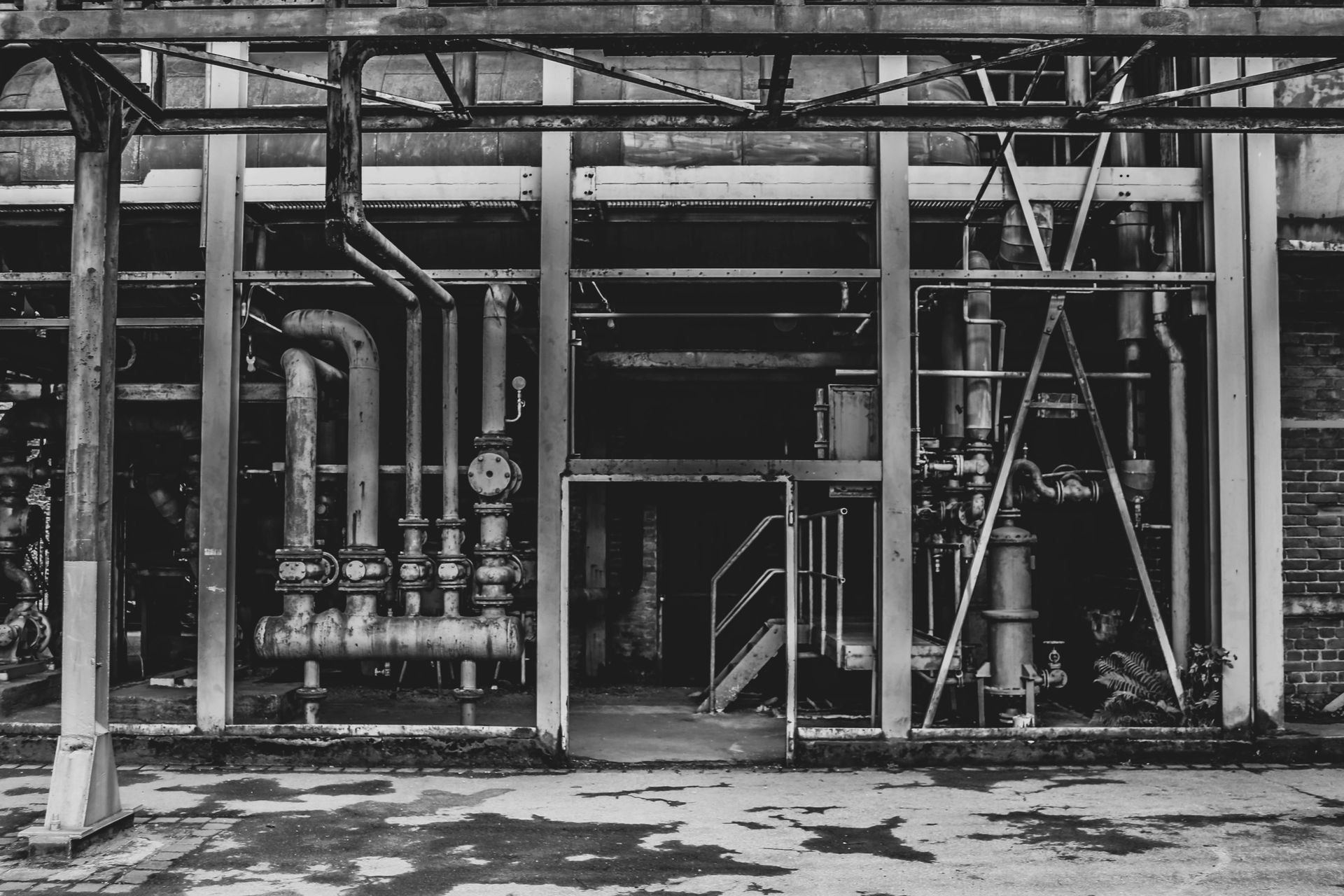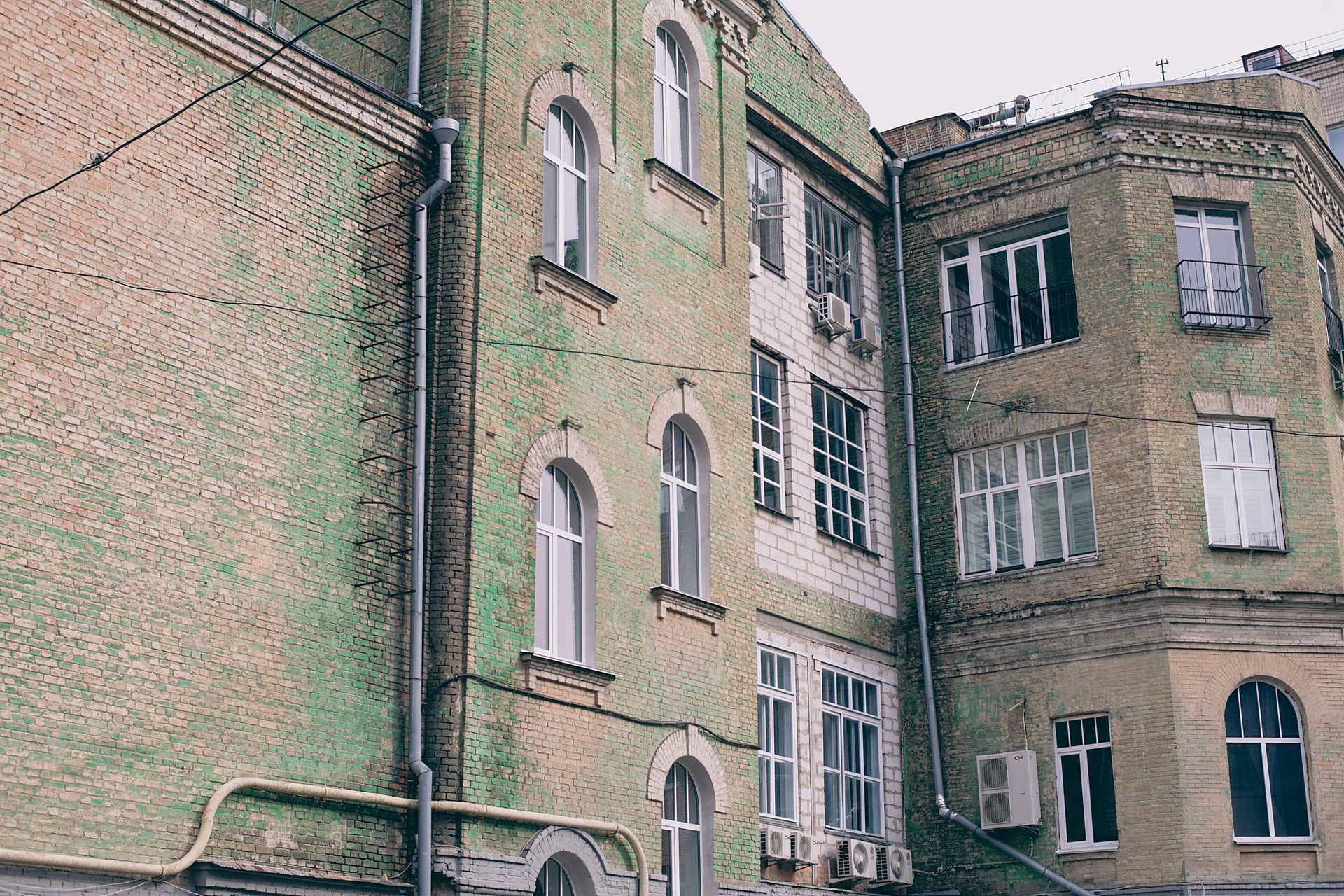Understanding The Different Types Of Water Pipes In Your Home
Water pipes form the essential infrastructure that delivers clean water to your faucets, appliances, and fixtures, while also carrying used water away through drains. Knowing the types of water pipes installed in your home helps in maintenance, troubleshooting, and planning repairs or upgrades. This comprehensive guide explores the various kinds of piping commonly found in residential plumbing systems, their characteristics, advantages, disadvantages, and how they relate to common plumbing concerns involving services like All City Plumbers.
Common Types of Residential Water Pipes
Homes utilize a variety of pipe materials based on age, regional standards, and installation preferences. Each material has unique properties that affect durability, safety, and compatibility with plumbing components.
Copper Pipes
Copper piping has been a gold standard in plumbing for decades due to its longevity, corrosion resistance, and reliability. It comes in two main forms: rigid hard copper and flexible soft copper tubing. Copper pipes can withstand high temperatures and pressures, making them ideal for both hot and cold water distribution. They are resistant to bacterial growth, which supports sanitary water supply. However, copper can be costly compared to other materials and may suffer corrosion issues in acidic water conditions. Skilled installation is required to prevent leaks at soldered joints.
PEX Pipes
Cross-linked polyethylene (PEX) piping is a popular modern alternative prized for flexibility, ease of installation, and cost-effectiveness. Available in red (hot water), blue (cold water), and white (either), PEX can be bent around corners, reducing the need for fittings and joints. It resists scale and chlorine, exhibits freeze resistance, and typically lasts 40 to 50 years. PEX is incompatible with sunlight exposure and certain solvents, so installation must consider protective measures. Its flexibility can also complicate certain repairs if not properly supported.
CPVC Pipes
Chlorinated polyvinyl chloride (CPVC) pipes resemble PVC but are treated for higher temperature tolerance, suitable for hot and cold water lines. CPVC pipes are lightweight, inexpensive, and easy to install with solvent welding. While resistant to corrosion and chemical degradation, CPVC can become brittle over time or under UV exposure. It may also emit odors if improperly installed.
Galvanized Steel Pipes
Older homes often still have galvanized steel pipes, coated with zinc to prevent rusting. These pipes are durable but prone to internal corrosion and mineral buildup over time, which reduces water pressure and contaminates water quality. Galvanized pipes also frequently contribute to plumbing system failures and replacements. Removing them is labor-intensive but often recommended by professionals like All City Plumbers during renovation.
PVC Pipes
Polyvinyl chloride (PVC) piping is generally used for drain, waste, and vent piping rather than water supply. It is affordable, lightweight, and chemically resistant. However, PVC is not rated for hot water use and may crack under freezing conditions.
Plumbing System Functions and Pipe Choice
Different pipes are chosen for supply and drainage based on functionality. While copper, PEX, and CPVC are common for delivering potable water, PVC and ABS pipes handle discharge and venting. Understanding these distinctions supports effective drain clearing and maintenance practices.
Impact of Garbage Disposals on Septic Systems
Garbage disposals connect to drainage pipes and can affect septic systems depending on pipe type and septic setup. Certain pipe materials better withstand grease and food waste. Improper disposal use can clog pipes or overload septic tanks, highlighting the importance of both proper plumbing design and user awareness.
When to Involve Professionals like All City Plumbers
Maintaining plumbing pipe integrity often requires professional knowledge for inspection, repairs, and upgrades. All City Plumbers provide expert evaluation of pipe material conditions, recommend replacements, and execute repairs according to building codes and safety standards. They also handle associated tasks like drain clearing to ensure smooth system function.
Conclusion
Recognizing the different types of water pipes in your home—their benefits and limitations—empowers better maintenance decisions and facilitates clear communication with plumbing professionals. Whether your home uses traditional copper or modern PEX, understanding the materials framing your water supply lines is foundational to effective home plumbing management and longevity.

